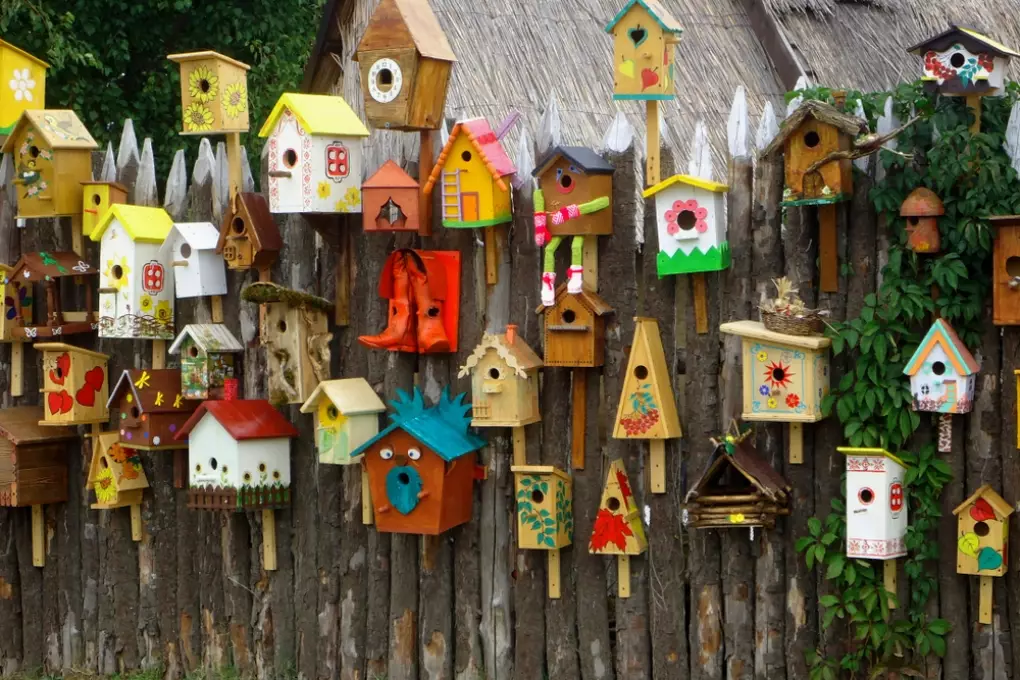Hanging a nesting box is a commendable thing. In order for it to be inhabited by birds, the compass direction must be right.
Some bird species need a nesting box
Free-living birds such as tits prefer natural cavities in which to hatch their eggs and raise their young. Naturally growing woods, meadows and natural stones provide such cavities. Due to human intervention in the environment and a resulting change in architecture, such nesting places are becoming increasingly rare. The animals no longer find places suitable for their species and the diversity of species is disappearing more and more.
The installation of a nesting box can counteract this development. If you want to do this properly and make it easier for the bird parents to raise their young, the nesting box must not only be built sturdily, but the height and compass direction must also be considered when installing it.
How and in what direction should a nesting box be placed?
If the flying inhabitants should also find and accept the home, it is necessary to observe important rules. The best time of year to install a nest box is autumn. Then the birds have enough time to find it and get used to it until the breeding season in spring. After the box has been sufficiently inspected and deemed suitable, it already serves as a shelter in frosty times for some protection-seeking birds.
In order for the nesting box to facilitate the birds’ rearing conditions, it must be placed at the correct flight height. In addition, predators such as martens, raccoons and cats must be made as difficult as possible to access. A height of at least 1.50 m and a maximum height of 3 m is recommended.
Of course, the house should always remain warm and dry, so that the brood does not suffer damage even in bad weather. For stability, it is suitable to install it under a protective roof, on a wall projection or on a tree with strong branches and leaves. Special metal brackets can be used to hang the box on a branch so that it does not sway, turn or tip over in strong winds. In addition, rainwater must not be able to penetrate the nest.
A final and equally important note is the compass direction. The nesting hole must not be located on the weather side or on the south side with strong sunlight. If the hole is in the west or north, it is exposed to wind and weather and never gets a sunbeam. If it is located in the south direction, the inhabitants may suffer from excessive heat. The optimal location is toward the southeast or east.
If you not only want to hang up a nesting box, but even build one yourself, you can find suitable instructions at the nature conservation organization Nabu.
Meanwhile there are branches and engaged members in almost all small and large cities. Likewise, numerous links on the homepage help those interested.


